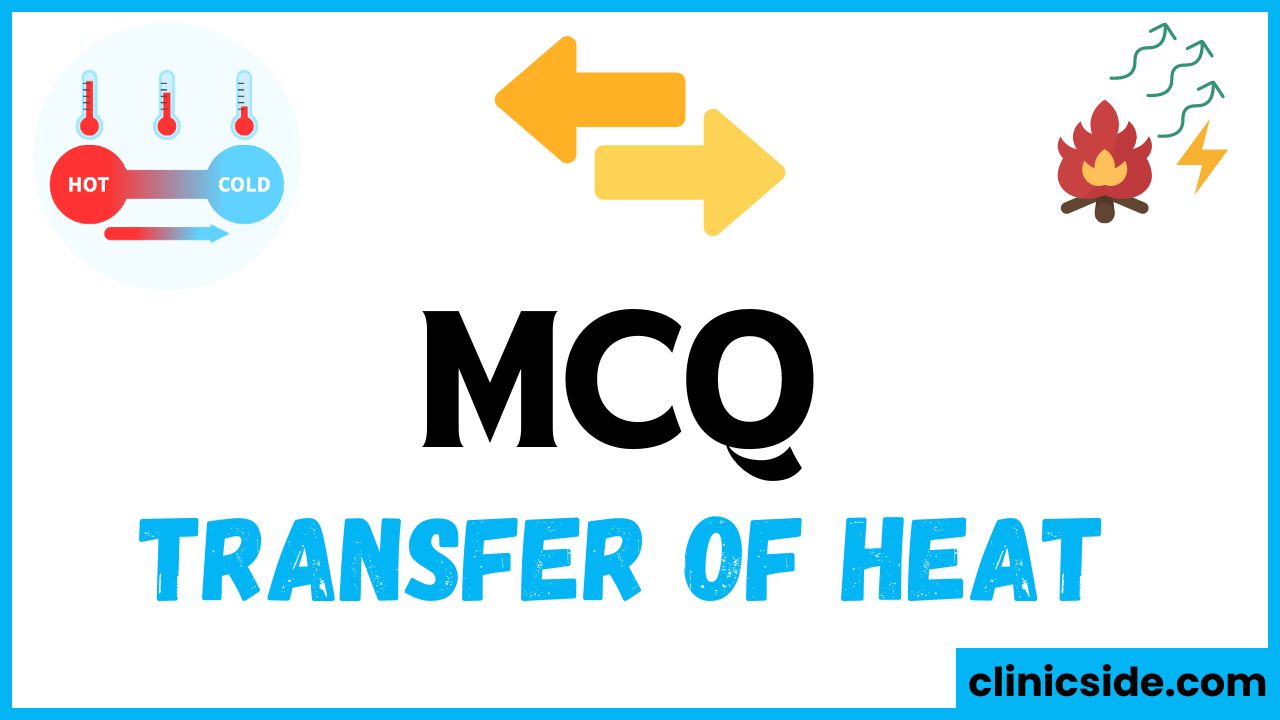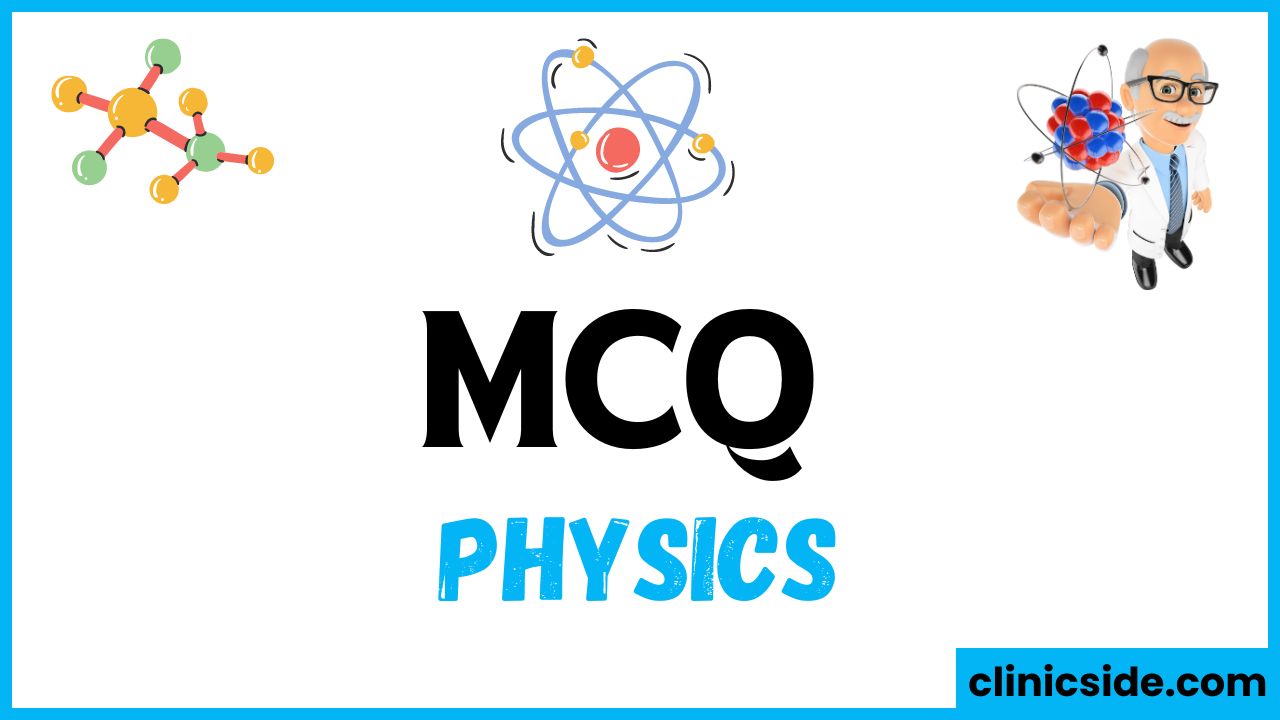Quiz
Available options: 1 to 20
Understanding Heat Transfer: A Pre-Quiz Overview
Transfer of Heat
Heat transfer is the mechanism through which thermal energy is transferred from one object or substance to another. This movement occurs because of a temperature difference between the two objects or regions. Heat always flows from a region of higher temperature to a region of lower temperature, and it can occur in three different ways: conduction, convection, and radiation.
Conduction:
Conduction is the process of heat transfer achieved through direct interaction between molecules. In this process, heat energy is passed from one particle to another within a substance or between substances that are touching. For example, when you hold a metal spoon in a hot soup, the heat from the soup is transferred to your hand through the spoon.
Good Conductors:
Materials like metals (e.g., copper, aluminum) are good conductors of heat because their particles are closely packed, allowing heat to transfer quickly.
Poor Conductors: Insulating materials like wood, plastic, or rubber are poor conductors of heat because their particles are spaced farther apart, making it harder for heat to pass through.
Convection
Convection is the transfer of heat in fluids (liquids and gases) by the movement of the fluid itself. This occurs because warmer parts of a fluid become less dense and rise, while cooler, denser parts sink. This movement creates a circular flow, called a convection current, which helps distribute heat throughout the fluid.
Example: When heating water in a pot, the water at the bottom heats up, rises to the top, and cooler water sinks, creating a convection current that evenly distributes heat.
Radiation
Radiation involves the transfer of heat through electromagnetic waves that travel through space. Unlike conduction and convection, radiation does not require a medium (solid, liquid, or gas) to transfer heat. This is the way the Sun’s energy travels through the vacuum of space to reach the Earth.
Example: Feeling the warmth of the Sun on your skin is due to the radiation of heat. Similarly, a campfire emits heat through radiation, which you can feel even if you are not directly touching the fire.
Factors Affecting Heat Transfer
Several factors influence how heat is transferred in different situations:
Material Type: Some materials, like metals, transfer heat better than others, like wood or plastic.
Surface Area: A larger surface area allows for greater heat transfer.
Temperature Difference: The greater the difference in temperature between two objects, the faster heat will transfer.
Thickness of the Material: Thicker materials slow down heat transfer, while thinner materials allow it to happen more quickly.
Practical Applications of Heat Transfer
Understanding heat transfer is crucial in many everyday applications:
Insulation: Homes are insulated to slow down heat transfer, keeping them warm in the winter and cool in the summer.
Cooking: Cooking involves all three types of heat transfer. For example, boiling water uses convection, frying uses conduction, and grilling uses radiation.
Thermal Conductivity in Materials: Engineers choose materials with specific heat transfer properties for building machines, appliances, and even clothing.
Test Guidelines and Time Limit For Quiz:
Guidelines for Maximizing Your Quiz Experience:
Read and Understand:
Carefully read each question related to Heat Transfer and ensure you have a clear understanding of the concepts before selecting your answer. This will help you make informed choices and avoid misconceptions.
Choose the Best Answer:
Evaluate all available options before selecting the one that aligns best with your knowledge of Heat Transfer Strive for accuracy and relevance in your responses.
Time Management:
The quiz has a time limit based on the number of questions you choose. Allocate 45 seconds per question. Manage your time wisely to complete all questions within the allotted time.
Efficient time management increases your likelihood of successfully completing the quiz and submitting your answers within the designated timeframe. Best of luck!





Thanks